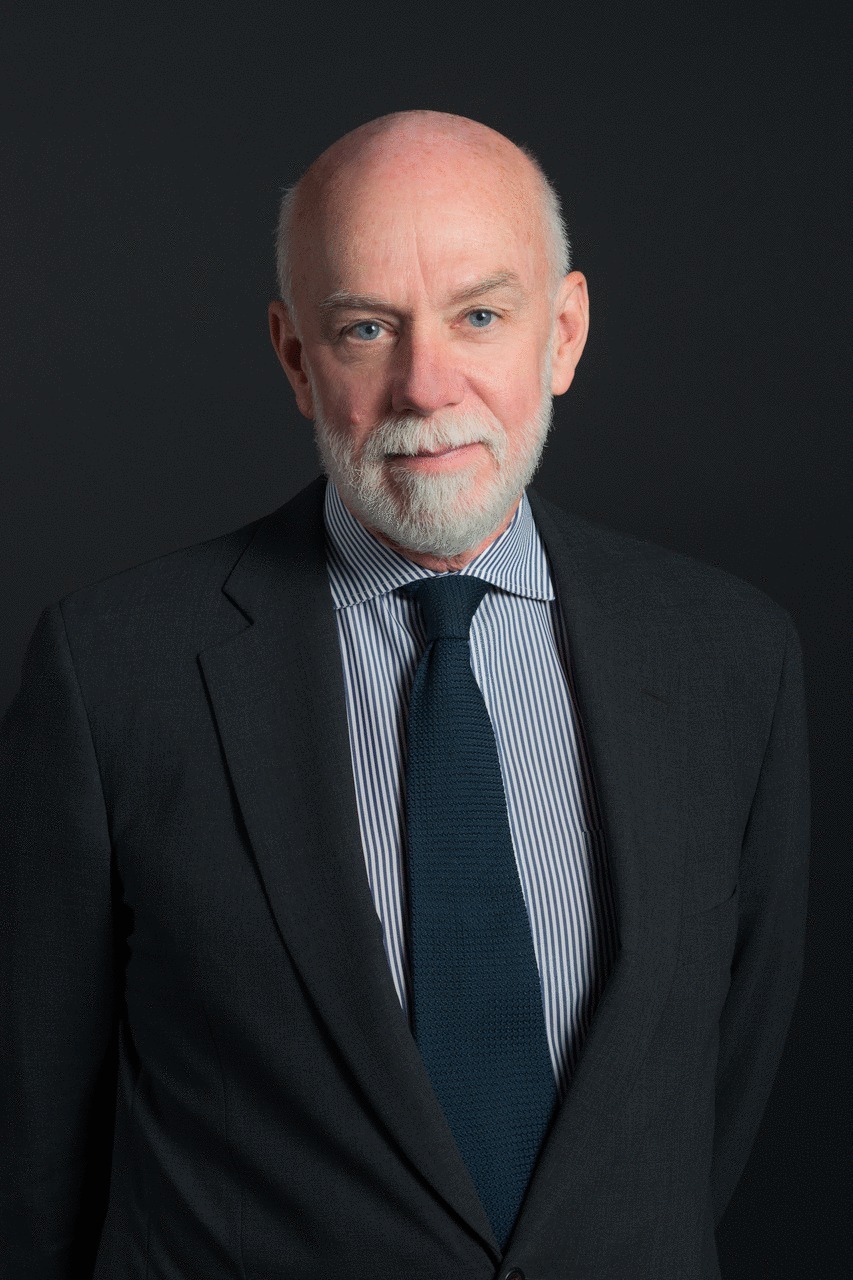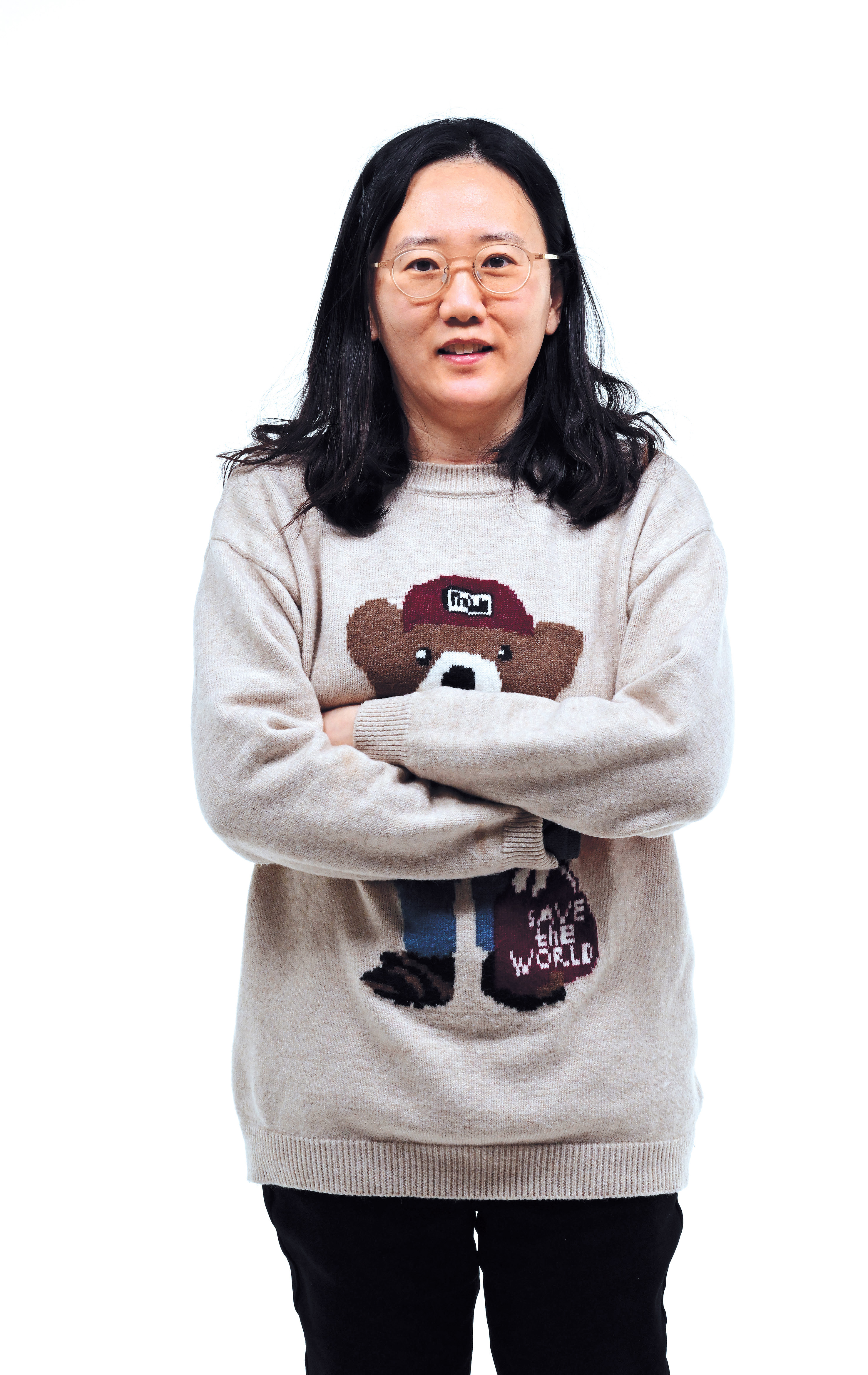[Herald Design Forum 2020] Guggenheim director optimistic about art in time of crisis
By Kim So-hyunPublished : Oct. 11, 2020 - 18:51

When museums closed for months due to COVID, many offered virtual exhibitions which some say made art more accessible to the wider public, albeit with limitations.
Richard Armstrong, director of the Solomon R. Guggenheim Museum in New York, is optimistic about the role of art at this time of crisis.
“At a time in which we feel doubt and fear about being together, I am optimistic when I remember that art is a form of expression and information-sharing that can open us up to new ways of thought -- something sorely needed during this moment of crisis and change,” Armstrong told The Korea Herald in an email interview. The written interview took place ahead of his online attendance in Herald Design Forum 2020 slated for Oct. 22 in Korea. He is scheduled to deliver a congratulatory speech.
“The pandemic has offered an opportunity to reconsider what art and museums, even in a virtual or socially distanced format, can signify and embody to the public as opportunities for reflection, solace, contemplation, and creation.”
Despite reduced direct contact between artists and the audience due to the virus, Guggenheim has managed to stay connected with its audiences through a wide range of virtual programs, according to the director.
“We’ve initiated a range of digital programming including virtual talks, architectural and gallery tours, art classes for adults and families, and free teaching materials that will continue to be presented through Guggenheim at Large to extend access and offer experiences for audiences in any location,” he said.
“The pandemic has made geographical boundaries less firm, and across the Guggenheim constellation in New York, Venice, Bilbao, and Abu Dhabi we have invited audiences to contribute artwork reflecting on the theme of togetherness as an initiative on social media.”
The Guggenheim Museum had the fifth-biggest social media following among the world’s 100 most-attended museums in a survey by the Art Newspaper in late March. “As part of our overall programming, the Guggenheim aims to reach both local New York and international visitors on-site and online. Through our social platforms, we provide access and insight to our global collection through content that engages our staff, artists, as well as our audiences,” Armstrong said.
“We receive great response when we share architectural highlights, as our museum is among the most photographed landmarks in the world, and admired by so many.”
The Guggenheim’s landmark cylindrical architecture is a good example of how design is central in the success of a museum.
“Our iconic Frank Lloyd Wright building, a masterpiece of modernism that was recently designated as part of a UNESCO World Heritage site, is paramount to audiences’ experience at the Guggenheim. Art works and audiences interact within the building, making it truly come alive,” Armstrong said.
“The museum’s exhibition design department also works closely with our curators, artists, and fabrication team to realize complex installations, such as the Maurizio Cattelan retrospective or James Turrell exhibition, which completely transformed the space to share the works in new and immersive environments.“
Before joining the Guggenheim, Armstrong was a curator and then director of Carnegie Museum of Art in Pittsburg, Pennsylvania. From 1981 to 1992, he was a curator at the Whitney Museum of American Art.
By Kim So-hyun (sophie@heraldcorp.com)
Richard Armstrong, director of the Solomon R. Guggenheim Museum in New York, is optimistic about the role of art at this time of crisis.
“At a time in which we feel doubt and fear about being together, I am optimistic when I remember that art is a form of expression and information-sharing that can open us up to new ways of thought -- something sorely needed during this moment of crisis and change,” Armstrong told The Korea Herald in an email interview. The written interview took place ahead of his online attendance in Herald Design Forum 2020 slated for Oct. 22 in Korea. He is scheduled to deliver a congratulatory speech.
“The pandemic has offered an opportunity to reconsider what art and museums, even in a virtual or socially distanced format, can signify and embody to the public as opportunities for reflection, solace, contemplation, and creation.”
Despite reduced direct contact between artists and the audience due to the virus, Guggenheim has managed to stay connected with its audiences through a wide range of virtual programs, according to the director.
“We’ve initiated a range of digital programming including virtual talks, architectural and gallery tours, art classes for adults and families, and free teaching materials that will continue to be presented through Guggenheim at Large to extend access and offer experiences for audiences in any location,” he said.
“The pandemic has made geographical boundaries less firm, and across the Guggenheim constellation in New York, Venice, Bilbao, and Abu Dhabi we have invited audiences to contribute artwork reflecting on the theme of togetherness as an initiative on social media.”
The Guggenheim Museum had the fifth-biggest social media following among the world’s 100 most-attended museums in a survey by the Art Newspaper in late March. “As part of our overall programming, the Guggenheim aims to reach both local New York and international visitors on-site and online. Through our social platforms, we provide access and insight to our global collection through content that engages our staff, artists, as well as our audiences,” Armstrong said.
“We receive great response when we share architectural highlights, as our museum is among the most photographed landmarks in the world, and admired by so many.”
The Guggenheim’s landmark cylindrical architecture is a good example of how design is central in the success of a museum.
“Our iconic Frank Lloyd Wright building, a masterpiece of modernism that was recently designated as part of a UNESCO World Heritage site, is paramount to audiences’ experience at the Guggenheim. Art works and audiences interact within the building, making it truly come alive,” Armstrong said.
“The museum’s exhibition design department also works closely with our curators, artists, and fabrication team to realize complex installations, such as the Maurizio Cattelan retrospective or James Turrell exhibition, which completely transformed the space to share the works in new and immersive environments.“
Before joining the Guggenheim, Armstrong was a curator and then director of Carnegie Museum of Art in Pittsburg, Pennsylvania. From 1981 to 1992, he was a curator at the Whitney Museum of American Art.
By Kim So-hyun (sophie@heraldcorp.com)








![[Graphic News] More Koreans say they plan long-distance trips this year](http://res.heraldm.com/phpwas/restmb_idxmake.php?idx=644&simg=/content/image/2024/04/17/20240417050828_0.gif&u=)
![[KH Explains] Hyundai's full hybrid edge to pay off amid slow transition to pure EVs](http://res.heraldm.com/phpwas/restmb_idxmake.php?idx=644&simg=/content/image/2024/04/18/20240418050645_0.jpg&u=20240419100350)






![[From the Scene] Monks, Buddhists hail return of remains of Buddhas](http://res.heraldm.com/phpwas/restmb_idxmake.php?idx=652&simg=/content/image/2024/04/19/20240419050617_0.jpg&u=20240419175937)

![[KH Explains] Hyundai's full hybrid edge to pay off amid slow transition to pure EVs](http://res.heraldm.com/phpwas/restmb_idxmake.php?idx=652&simg=/content/image/2024/04/18/20240418050645_0.jpg&u=20240419100350)

![[Today’s K-pop] Illit drops debut single remix](http://res.heraldm.com/phpwas/restmb_idxmake.php?idx=642&simg=/content/image/2024/04/19/20240419050612_0.jpg&u=)